Strawflowers (Xerochrysum bracteatum) are recounted for his or her beautiful blooms that keep their colourful colors even after drying, making them exceptional for crafting and decorative use. These particular flowers, local to Australia, are relatively resilient and might thrive as annuals in plenty of climates, or as perennials in warmer zones.
Despite their name, strawflowers enchant gardeners with their strong, paper-like petals, which might be actually modified leaves, or bracts. These plant life carry handy, prolonged-lasting shade to gardens, bins, and dry preparations. Here’s a complete guide on a manner to plant, expand, and care for the ones durable beauties.
Introduction to Strawflowers
Often referred to as “everlastings,” strawflowers stand out because of their hardy shape and big selection of colors. Their resilient bracts shield the flower’s core and deliver a straw-like texture, best for dry climates. They generally bloom in heat sun sunglasses collectively with yellow, orange, and crimson, despite the fact that pink and white kinds are also available. Typically, the plant reaches as many as forty inches in peak with green, slim leaves that frequently feature protecting hairs, supporting the plant to hold moisture.
Overview of Strawflower
- Scientific Name: Xerochrysum bracteatum
- Common Name: Strawflower
- Plant Type: Annual or Perennial (in warmer climates)
- Light Requirements: Full Sun
- Height: 6 to 40 inches
- Width: 6 to 18 inches
- Flower Colors: Orange, Pink, Red, Yellow, Purple, White
- Foliage Colors: Blue/Green or Gray/Silver
- Bloom Season: Summer thru Fall
- Growing Zones: 8-eleven
- Special Features: Low Maintenance, Drought Tolerant, Great for Containers and Dried Arrangements
Choosing the Right Spot for Strawflower
For maximum beneficial increase, strawflowers require full sun exposure and well-draining soil. These drought-tolerant vegetation are wonderful for xeriscaping and can be planted amongst exceptional perennials or in bins. They thrive with minimum watering, making them nice for dry regions or regions with confined rainfall.
When and How to Plant Strawflower
- Starting Outdoors: Wait till overdue spring, while temperatures are usually above 50°F, earlier than planting strawflower seeds or starting off evolved outdoors. For properly enough airflow and to save you mildew, area each plant approximately 10-12 inches apart.
- Starting Indoors: For in advance blooms, begin seeds indoors about 6-8 weeks before the very last frost. Once seedlings have sprouted, harden them off for 10-14 days via steadily exposing them to out of doors conditions, then transplant them as soon as it’s continually warm.
- Soil Preparation: Dig holes spherical 10-12 inches deep and add 2-three inches of compost to enhance the soil and help early increase.
Strawflower Care Tips
Strawflowers are resilient and occasional-upkeep, but they gain from some easy care practices to assist them thrive and bloom continually at some degree within the season. With the proper interest to slight, soil, and water desires, your strawflowers will reward you with vibrant, enduring colour.
1. Light Requirements
Strawflowers flourish amazingly in the entire daylight, which complements their vibrant colors and supports strong, upright stems. Sun publicity is especially crucial for taller sorts, typically used as lessen vegetation, to prevent them from flopping or developing vulnerable stems. Make positive they gather at least 6 to eight hours of direct daylight each day for the healthiest increase and maximum colourful blooms.
2. Soil and Water
Strawflowers develop well in properly-draining soil, ideally sandy or neutral in pH (five.Five to six.Five). Avoid overly wealthy soil, as this can cause plants to grow too lush and lose their strong shape. Water sparingly, equipped till the pinnacle inch of soil feels dry, as strawflowers are drought-tolerant and vulnerable to root rot in wet conditions. Their herbal habitat is dry, so mimicking those situations will assist them thrive.
3. Temperature and Humidity
These solar-loving flora perform first-rate in temperatures between sixty five-seventy five°F, thriving in dry, low-humidity climates. High humidity can encourage fungal infections and motif mold, so it’s essential to plant them with fantastic air flow in areas where humidity is immoderate. In cooler climates, keep away from immoderate watering to save you mold and fungal problems.
4. Fertilizer
Strawflowers no longer need heavy feeding; however, a month-to-month application of a balanced flower fertilizer can assist in decorating blooms and standard increase. Container-grown strawflowers especially gain from extra common feeding, as vitamins in potting soil can burn up over the years. A mild feeding regimen will inspire colourful flowers without causing overgrowth.
5. Pruning and Deadheading
While strawflowers don’t require deadheading, putting off spent blooms can encourage new flower production, making sure non-prevent shade at some stage in the season. To create dried preparations, lessen the stems even as vegetation is absolutely open, and cling them the incorrect way up in a warm, dry region to hold their form and coloration. This method is an easy way to experience strawflowers long after the developing season.
Potting and Repotting Strawflower
Strawflowers are incredible for bins and combined preparations, especially compact types much like the Cottage collection in pink, white, or orange. Choose bins with proper drainage and provide 6-eight hours of direct daylight. Avoid tall sorts in bins, as they may overreach or require not unusual pruning.
Common Pests and Problems
Strawflowers are alternatively pest-loose however may be suffering from the aster yellows virus, which causes yellowing and stunted increase. Downy mold can also make it bigger if flowers are overcrowded, so ensure proper spacing and air circulation to keep away from issues with gray mold or rot. Remove affected flowers immediately to prevent spread.
Propagating Strawflowers
To keep strawflower seeds, wait till the seed heads are dry, then cover them with an excellent mesh bag. Shake the bag to accumulate seeds, and save them for spring planting. Start seeds interior 6-eight weeks earlier than the remaining frost by means of urging them gently into wet soil without overlapping them, as they want mild germination. After hardening off, transplant them into out of doors packing containers or lawn beds.
Popular Strawflower Varieties
Cottage Pink Strawflower
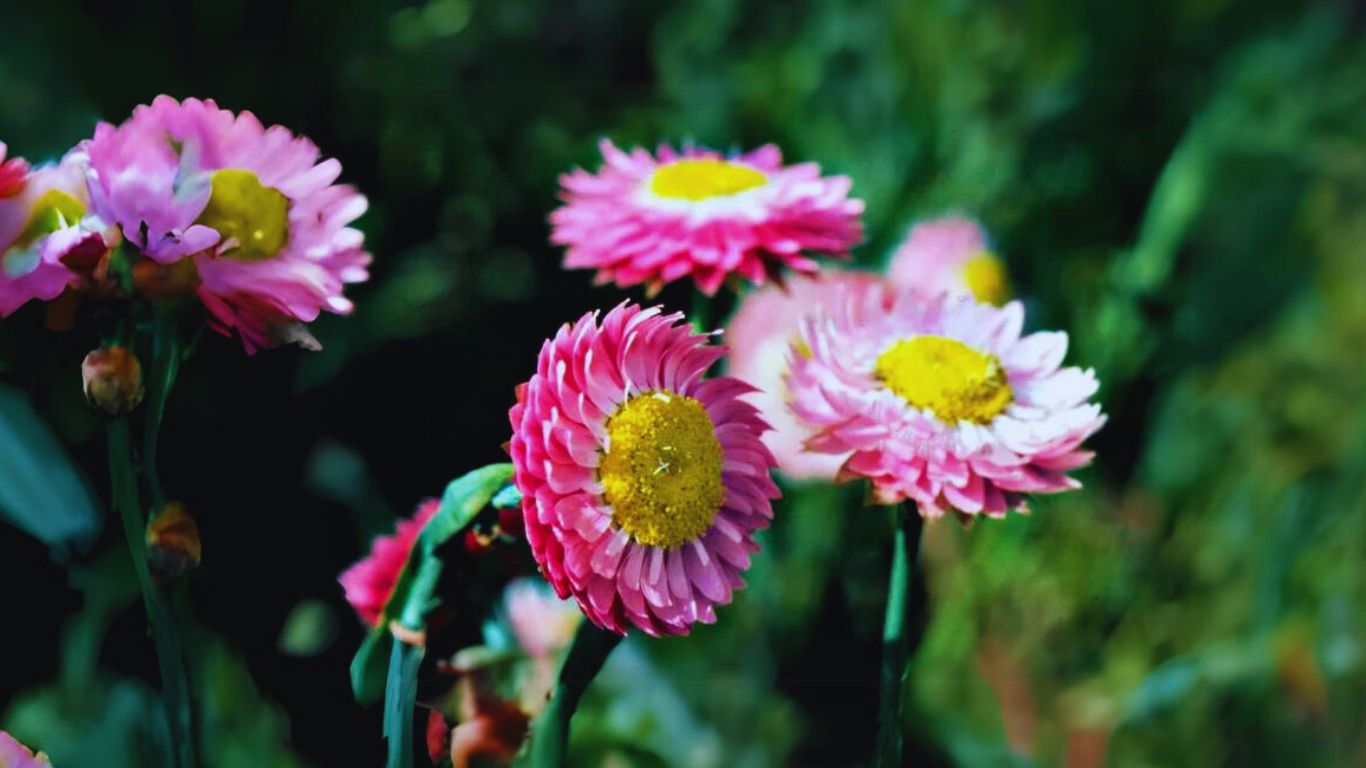
The Cottage Pink Strawflower is a compact variety recognized for its adorable mild red blooms with warm yellow centers. Growing to be approximately 12 inches in height, it makes a remarkable preference for area gardens and combined arrangements. Its mounded increase dependency and charming colour mixture upload a sensitive, whimsical feel to patios or balconies, bringing warmth and brightness to small areas.
Due to its size, this variety is an incredible choice for gardeners who want to characterize a hint of coloration to tight regions without overwhelming the distance. The vegetation’ prolonged-lasting nature additionally makes them an exquisite choice for dried arrangements and floral crafts.
‘Dreamtime’ Pink Strawflowers
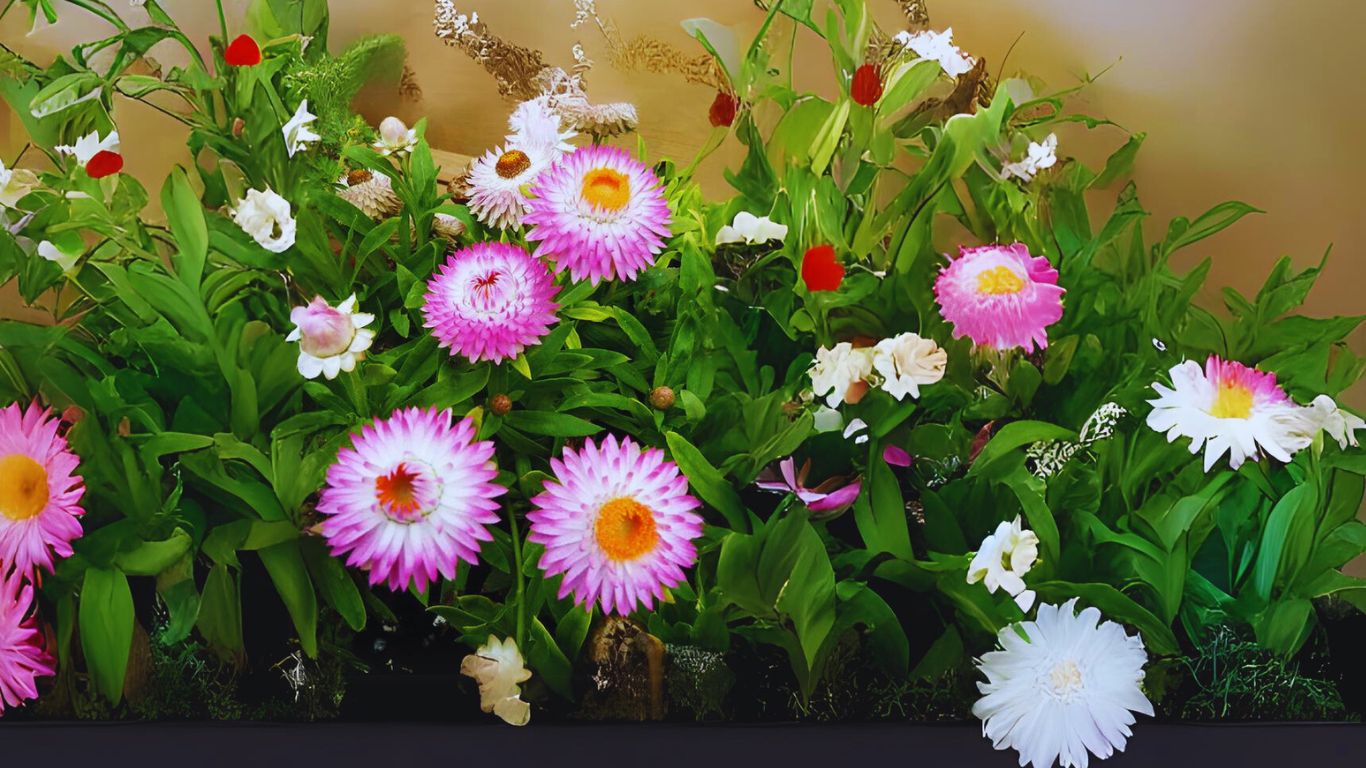
‘Dreamtime’ Pink Strawflowers are a few other stunning varieties, boasting perfect red blooms with golden-yellow centers that pop in opposition to dark green foliage. Blooming from mid-spring thru past due fall, this range brings colourful colour for max of the growing season. These plants are slightly larger than Cottage Pink and are great for lawn borders, inclusive of a formidable, cheerful display to flower beds.
This range flourishes in complete solar and nicely-draining soil, making it a low-upkeep but excessive-effect preference for gardeners. With its long bloom time and robust, resilient plant life, ‘Dreamtime’ Pink is likewise a favorite among flower arrangers and crafters.
Companion Plants for Strawflowers
Ageratum
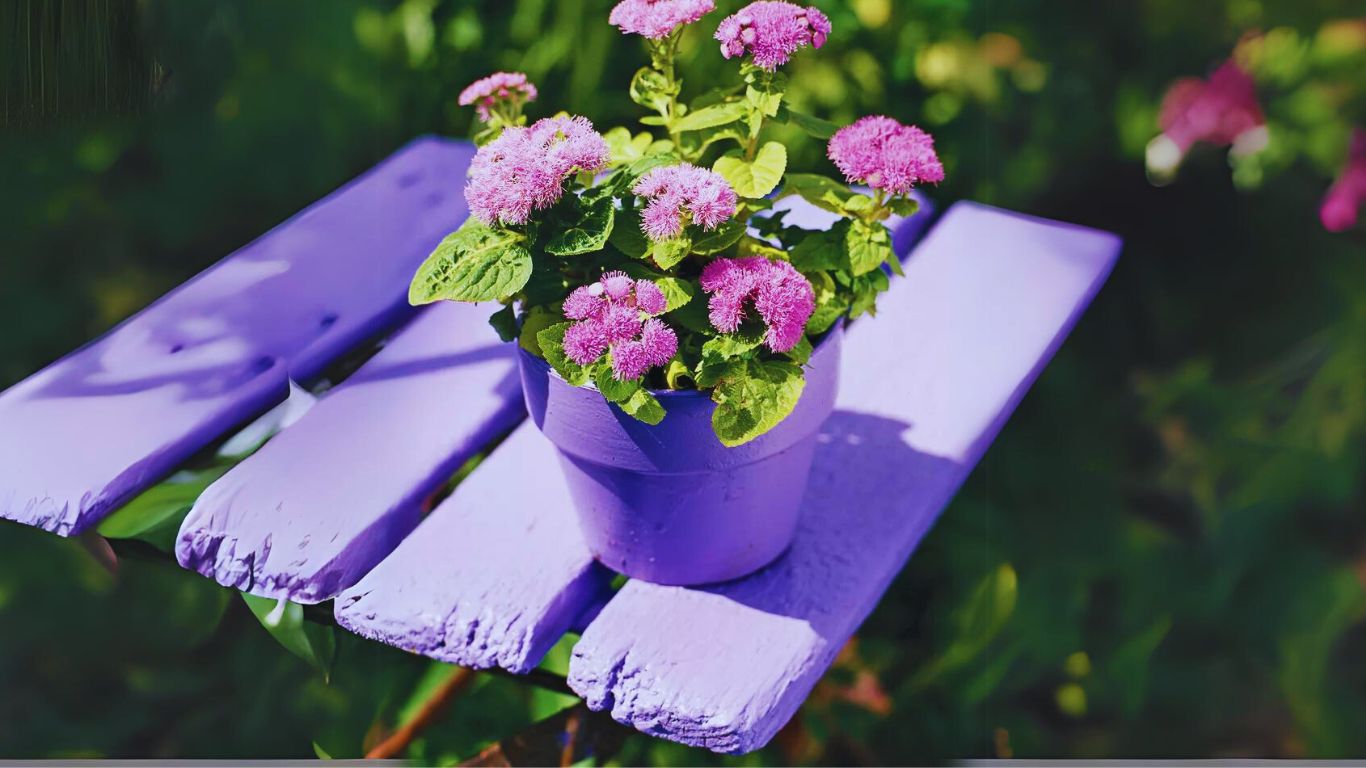
Ageratum, with its dense clusters of powder-blue blooms, creates a striking evaluation with the exceptional and relaxed hues of strawflowers. It’s a hardy annual that provides cool tones to any garden, balancing the nice and cozy shades of strawflowers. Ageratum’s compact growth addiction works properly in borders or clusters, wherein its smooth, tufted plants create a lush, colorful carpet from spring thru frost.
In addition to being low-preservation, Ageratum is quite adaptable and can thrive in diverse situations. It’s often planted in corporations for max impact and makes a super companion for strawflowers in flower beds or discipline gardens.
Evolvulus
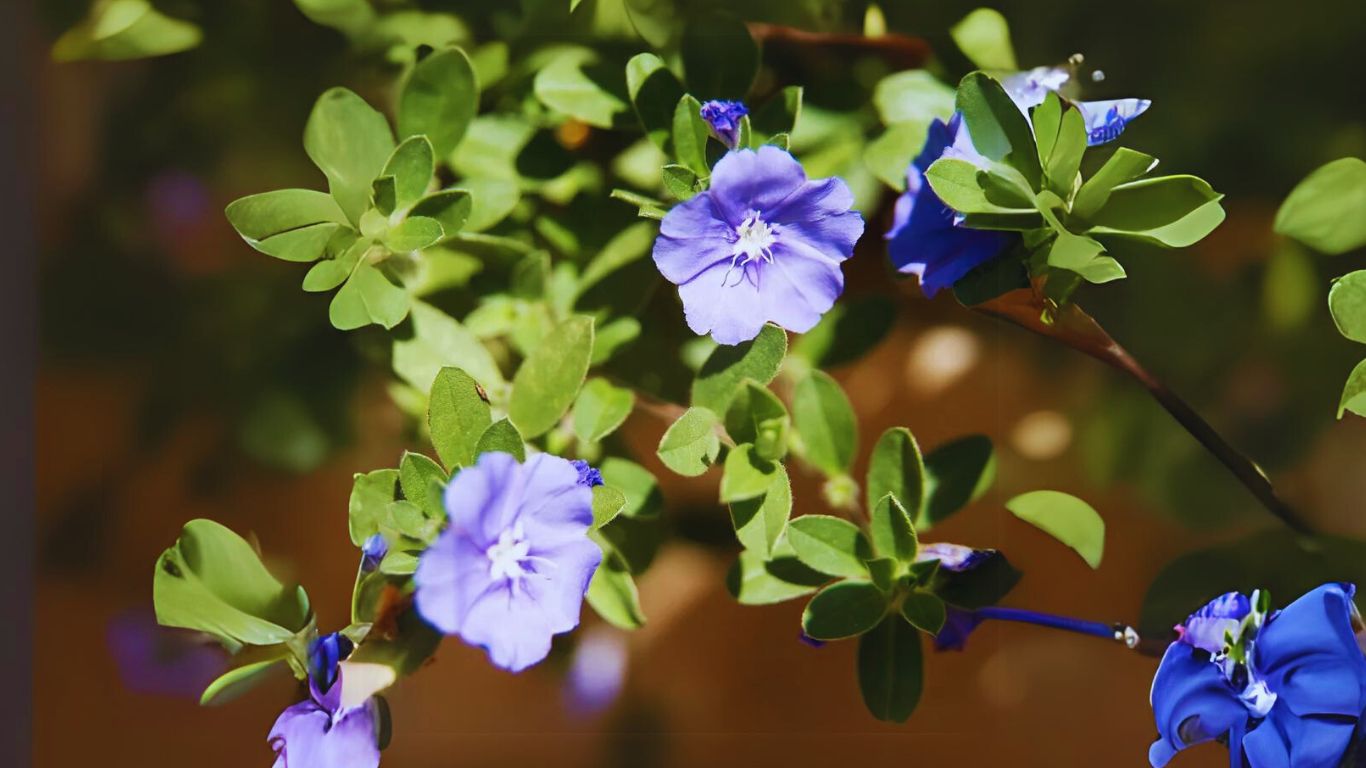
Often known as the “Blue Daze,” Evolvulus is a low-developing plant with stunning sky-blue plants that create a captivating, cascading impact in packing containers. As a near relative to the morning glory, Evolvulus vegetation have a propensity to shut within the afternoon, including a dynamic best to any lawn. Its trailing increase addiction makes it perfect for putting baskets or window boxes, wherein it pairs fantastically with the upright blooms of strawflowers.
This plant is drought-tolerant, like strawflowers, and flourishes in well-drained soil and complete sun. Evolvulus no longer most effectively complements the strawflower’s form and form but additionally offers an extra layer of texture and colour in garden arrangements.
Nigella
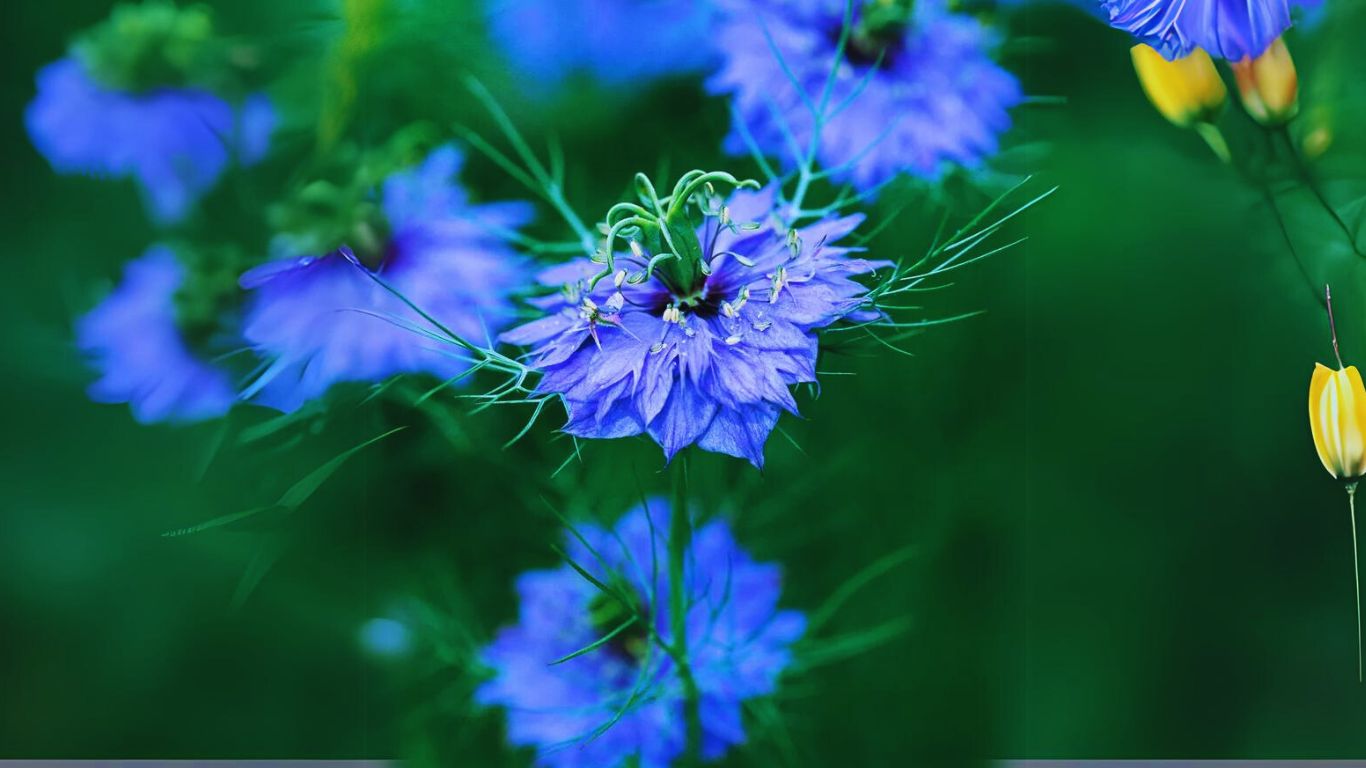
Nigella, moreover called “Love-in-a-Mist,” is a sensitive annual with difficult blooms and fern-like foliage that adds an ethereal charm to gardens. With sun sunglasses ranging from blue and red to gentle crimson and white, Nigella’s unique, airy vegetation provides a cute assessment to the formidable, established form of strawflowers. Nigella frequently reseeds, developing an ever-evolving, herbal show year after 12 months.
The plant’s seed pods are notably valued for dried flower arrangements, making it a brilliant preference for gardeners who revel in crafting. Nigella’s easy going nature and minimum care necessities make it a cute, low-upkeep partner plant for strawflowers in each flower bed and boxes.
Conclusion
Strawflowers are a simply ideal preference for gardeners searching for to add vibrant, enduring coloration to their gardens, specifically in hotter, drier climates. Their precise, straw-like petals and diverse colorings cause them to be a standout feature in any panorama.
Whether planted without delay in garden beds, organized in borders, or potted in packing containers, strawflowers bring a cheerful and charming presence that lasts from summer through fall. These hardy blooms are low-protection and require minimum watering, making them best for those who choose a drought-tolerant, resilient plant that prospers in complete solar and might manage a number of soil sorts.
Beyond their splendor inside the lawn, strawflowers are a fave for those who experience floral crafts and dried preparations. Their blooms keep their first-rate colorations and shape long after drying, providing long-lasting beauty indoors in addition to outdoor.
With their capability to flourish with minimal care, strawflowers aren’t best a gardener’s pride however additionally a awesome addition to any floral association, offering a sustainable, low-try way to revel in colourful flora year-spherical.
Read more: How to Grow and Care Bellflowers: A Complete Guide 2024

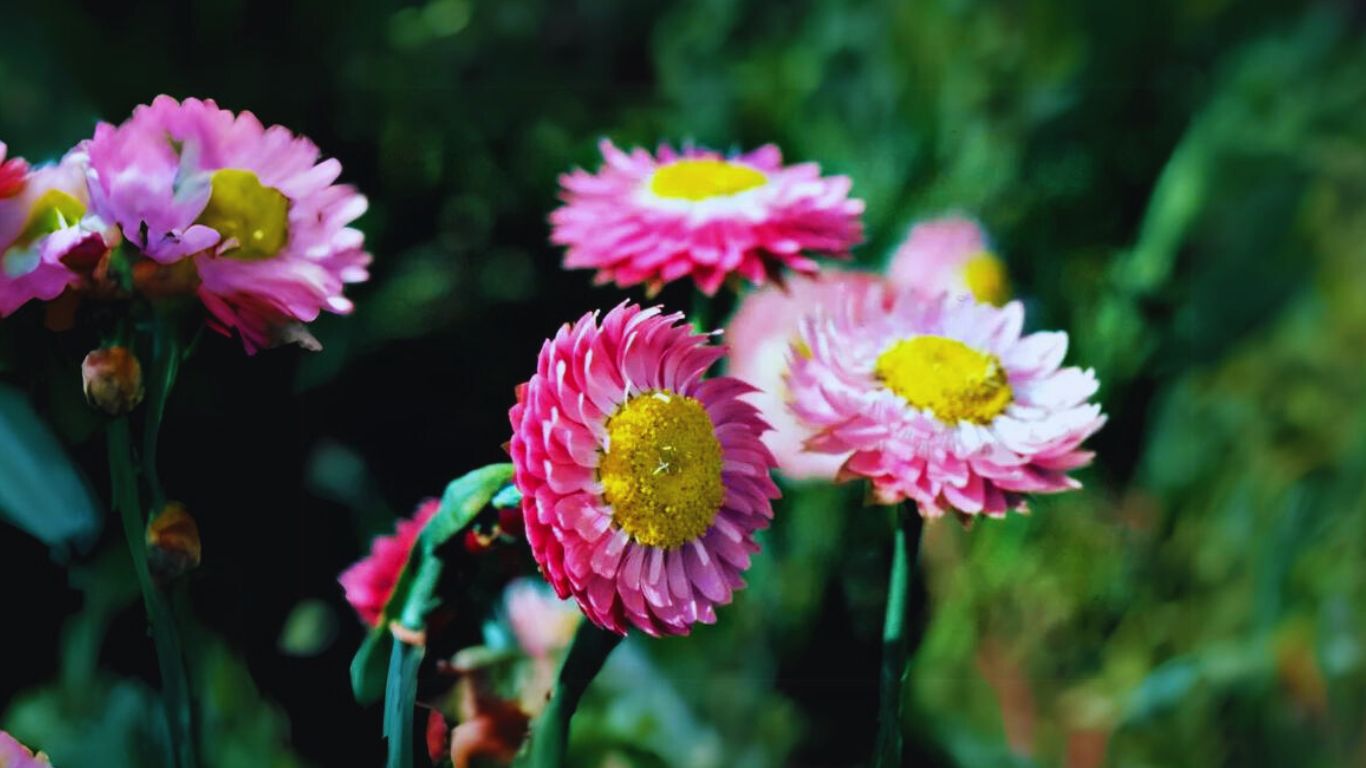
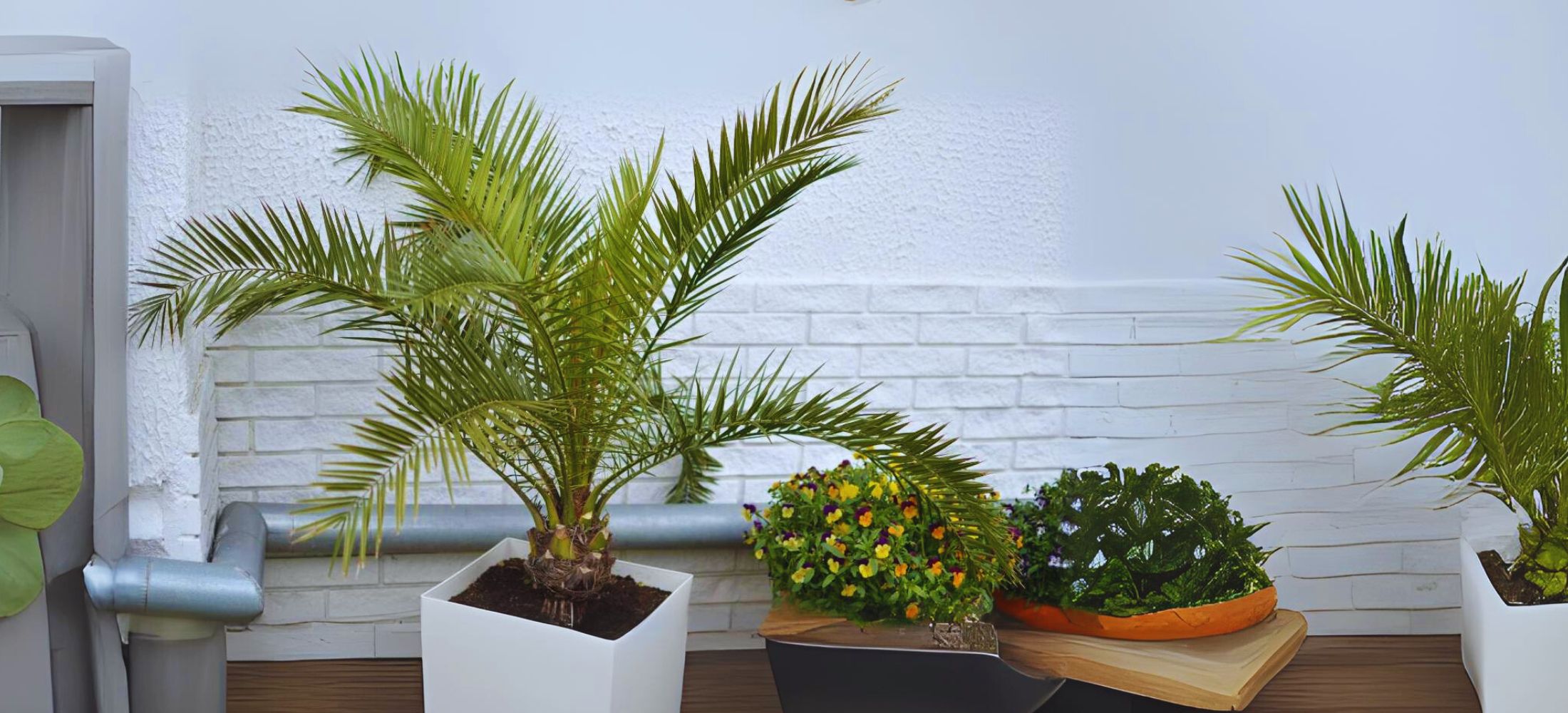
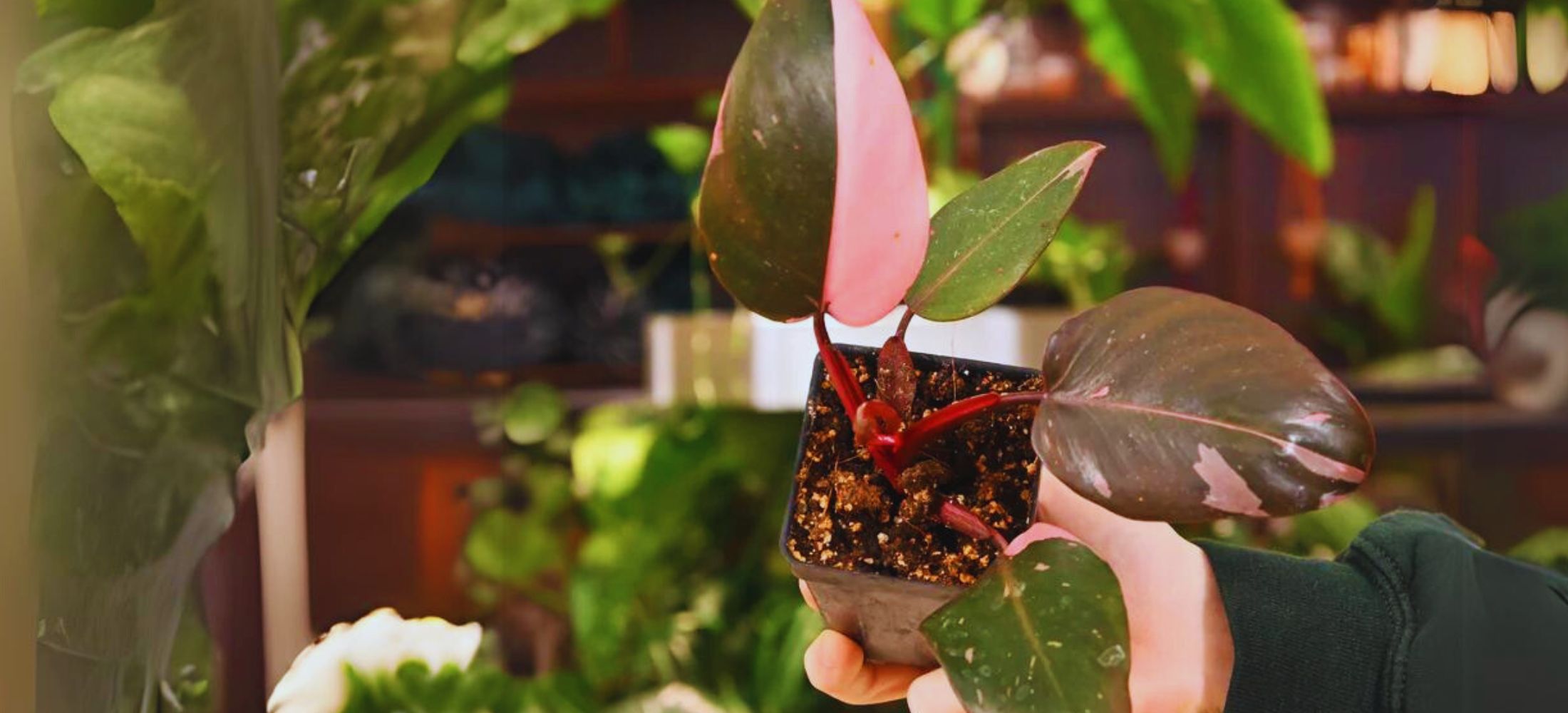
One thought on “How to Grow Beautiful Strawflowers: 2024 Guide”